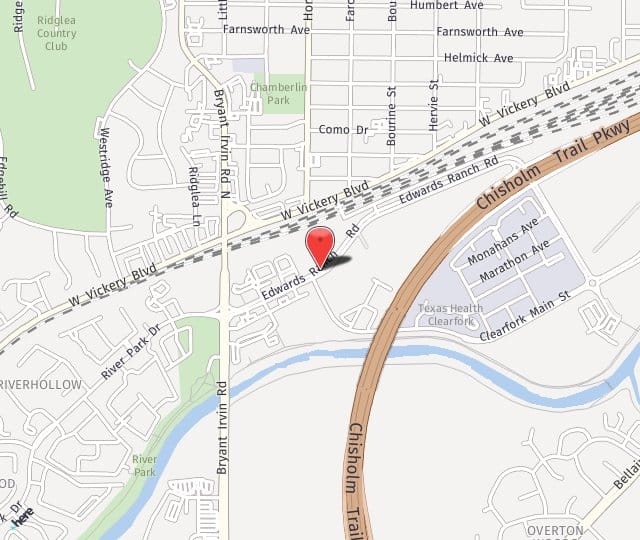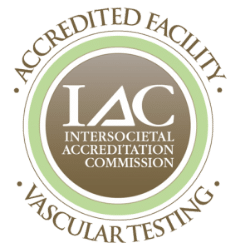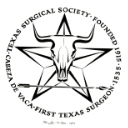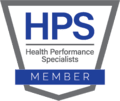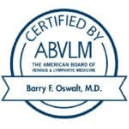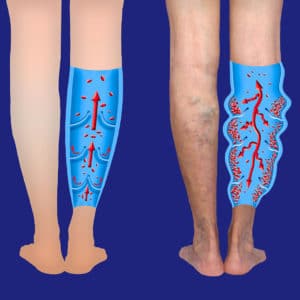 At Fort Worth Vein Center, much of Dr. Oswalt’s efforts are spent helping patients deal with malfunctioning veins, more specifically the valves in their veins. Here’s a little primer on your veins and valves and how they’re supposed to work.
At Fort Worth Vein Center, much of Dr. Oswalt’s efforts are spent helping patients deal with malfunctioning veins, more specifically the valves in their veins. Here’s a little primer on your veins and valves and how they’re supposed to work.
How the valves work
Our veins, along with the arteries, carry blood to and from the heart. You could think of the veins as similar to a Fort Worth road like Sylvania Avenue, while the arteries are more like I-35. Because the flow of the arteries is much stronger due to their larger size, arteries don’t worry about backflow, where the blood flow goes in the wrong direction. Arteries don’t have valves. But in the veins, where their size isn’t that large and they serve distant areas of the body, far from the heart, keeping up the flow can be a challenge.
This is especially true in the leg veins, which are tasked with bringing de-oxygenated blood back to the heart and lungs. The veins have to fight gravity the entire way, so they are equipped with valves that make sure the blood doesn’t back up. The valves consist of two elastic flaps of tissue that open and close in alternation. This coordination enables the blood to flow through the valve to the next segment of the vein or to another vein. Eventually, the blood then reaches the heart and travels to the lungs. In the lungs, the blood is cleared of carbon dioxide and other waste and is resupplied with oxygen. This oxygenated blood then courses through the pulmonary vein back to the heart, which pumps it to the entire body.
The veins and their valves enlist the aid of the musculoskeletal system to do their work. Muscles constantly tighten and release, a pattern that causes the valves to open and close as needed. When the muscles tighten, the valves open and the blood pushes upward. When the muscles relax, the valves close to prevent backflow.
Why is backflow a problem?
The job of the valves is to prevent the blood from reversing course and flowing in the wrong direction. If backflow occurs, the blood can pool in the veins. This can damage the veins. Plus, it keeps the de-oxygenated blood from getting back to the heart for resupply. In some cases, blood can clot in these areas, and this is life threatening. Backflow usually results from the vein valves malfunctioning or simply becoming weaker with age.
Varicose veins are often a result of backflow. The blood pools and makes the vein bulge in places. Varicose veins can be painful and are always unsightly, as they tend to push upward on the surface skin, leaving the skin with a raised purple, red, or blue vein serpentine formation.
At Fort Worth Vein Center, Dr. Oswalt deals with problems caused by aging and faulty valves in our veins every day. If you’re having issues such as varicose veins or aching legs and feet, please call us to schedule an appointment.

